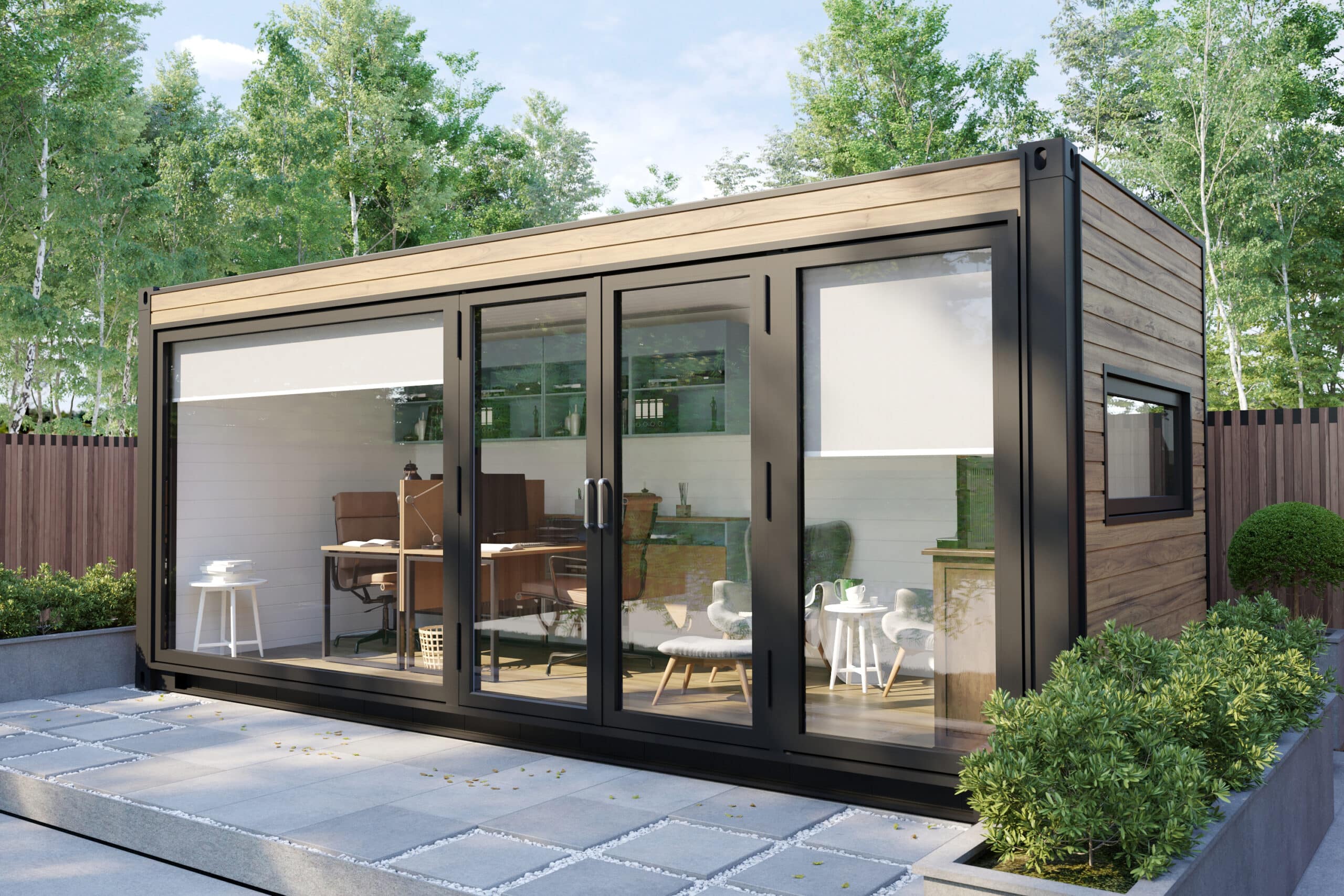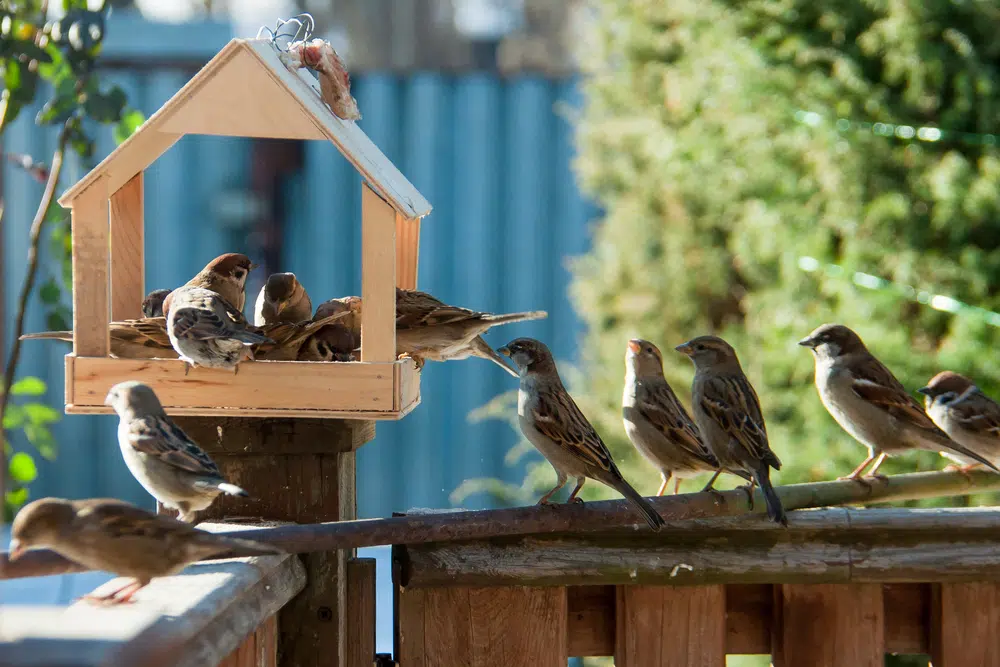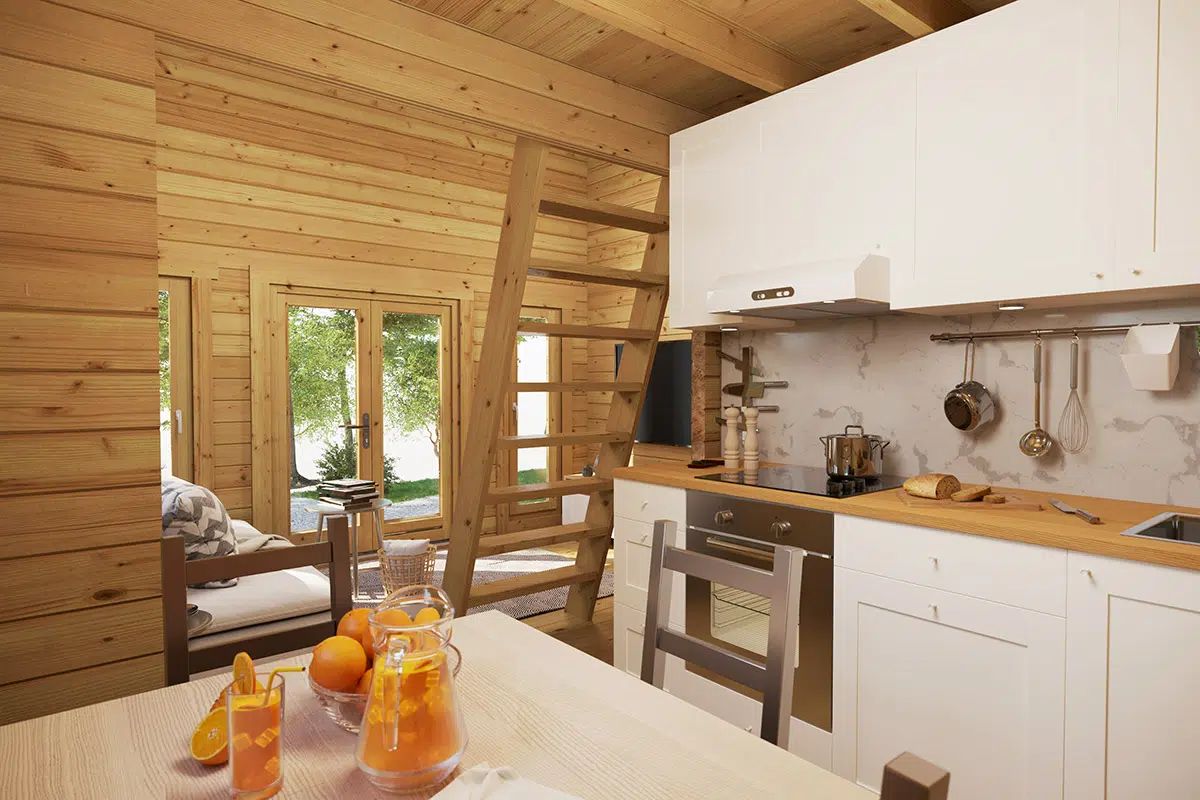Useful Tips to Prepare your Garden and your Garden Room for Winter
05.10.2021
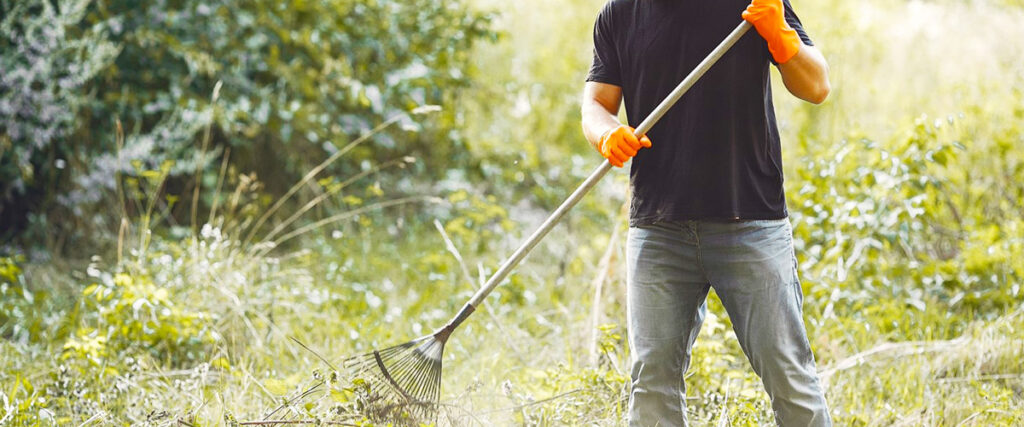
Now that the last days of summer are behind us, it’s time to start focusing on preparing the garden and the garden room for winter. With its lovely colours, nice weather, and cosy vibes, autumn is a beautiful season. But don’t let the pumpkin pies and pumpkin spiced lattes distract you from doing some work in the garden. There are a lot of things that need to be done before winter such as removing dead vegetation, cleaning, and putting on a fresh coat of paint. Not sure to start? We’ve prepared a list of useful tips that will help you prepare your outdoor area for winter.
Tidy Up Your Garden Beds
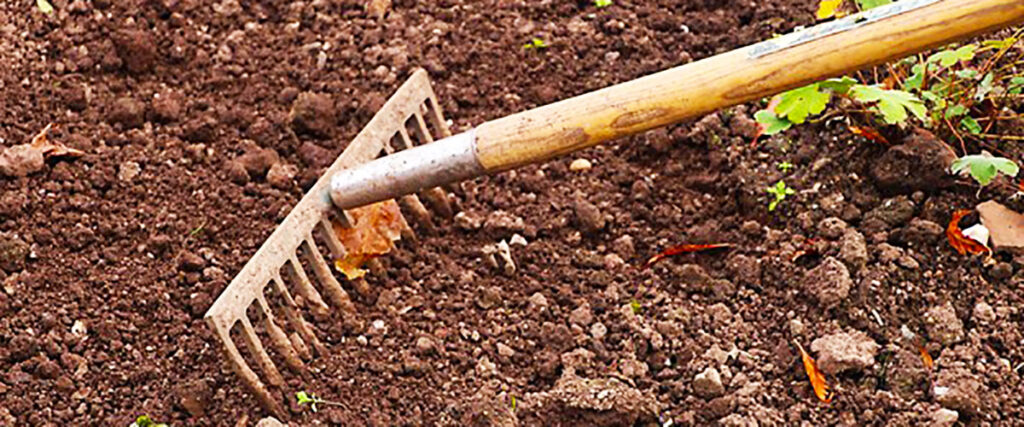
If you’ve neglected your garden over the past few months, you shouldn’t feel guilty. You can check out our garden maintenance guide to find out if you’ve been doing it right, but you shouldn’t worry too much. Summer is usually a pretty busy month, so it’s perfectly normal if things aren’t in top shape. But as the weather changes and the days start to be shorter, we recommend taking some time to remove the weeds, the dead plants, and to clean up the clutter that tends to accumulate during the warm season. As most plants start to wither and the harvesting, cooking, and preserving are done, it’s time to remove the dead branches and compost the leftovers.
If you have a compost pile, you can compost all the dead vegetation. However, be careful not to compost any diseased plants. If you’ve noticed signs of mildew or blight on your vines or your other plants, it’s better to throw them out or burn them if possible. If you’re the lucky owner of a vegetable garden and harvest season is over, now’s the perfect time to remove the cages, strings, and stakes that you’ve used as support for your tomatoes, beans, peas, cucumbers, etc.
And since we’ve mentioned the compost pile, many gardeners think that autumn is a perfect time to clean out your compost pile and to start a new one. You can incorporate all the compost in our garden beds once they’ve been cleared up and give your composting pile a fresh start.
Make the Most of the Fallen Leaves
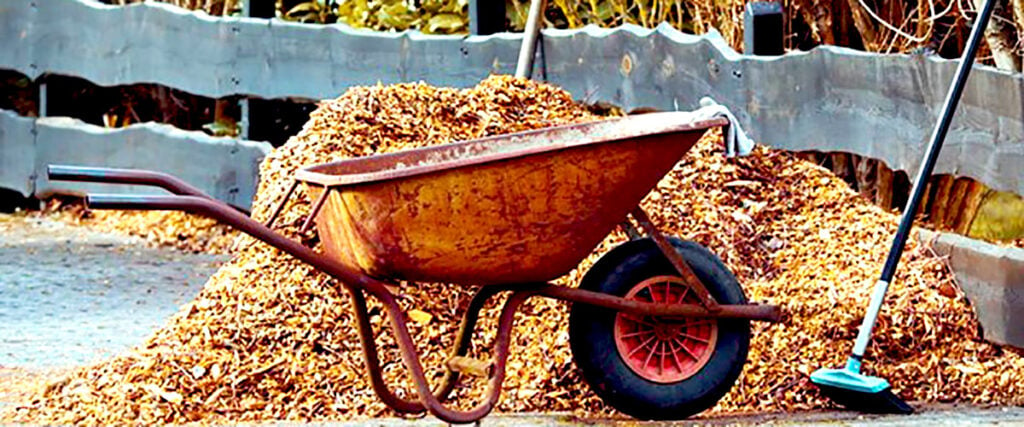
Did you know that leaves are the most abundant crop of the season? If you’re not familiar with organic gardening, this might sound a bit weird. But the interesting thing is that leaves are an important source of magnesium, potassium, phosphorus, and calcium and it would be a waste to simply throw them away. If you have a few large trees in your garden you’re in luck because the fallen leaves of a single large tree are the equivalent of approximately $50 worth of plant food and hummus. Furthermore, leaves have a higher content of minerals than manure so they can be successfully used to improve and enrich the soil.
Not convinced? According to The Old Farmer’s Almanac, leaf hummus has a lot of amazing qualities. It can make heavy soils lighter, it’s nutritious for earthworms and beneficial microbes, it makes dry sandy soils richer, it can be used as mulch, it’s a good source of carbon that can be used to balance the levels of nitrogen in compost piles, and it is a great insulator for tender plants protecting them from cold.
So, instead of throwing out the fallen leaves, this year you can try adding them to a compost pile, shredding them and mixing them right into the garden soil, making leaf mold, or using them as mulch. If that sounds like too much work, there’s another great way to use the fallen leaves. Make piles and leave them be. By doing this, you create a wildlife-friendly environment and create shelter for many beneficial creatures such as bees, butterflies, moths, arthropods, and hedgehogs.
Winter-proof Your Garden Room

If you have a garden room, then you need to invest some time and effort into preparing it for the upcoming winter. When it comes to timber structures, including garden houses, you need to ensure that they will be warm and dry during the cold season and that their integrity won’t be affected by rain and snow. If you plan on using your garden room as a garden office this winter, then winter-proofing it should be at the top of your ‘to do list’.
When it comes to winter-proofing a garden room, the first step is checking the insulation. Without a proper wall, floor, and roof insulation, the other tips aren’t very effective. A garden pod that has good insulation has many different uses, is energy efficient and it is warm and dry. It is important to mention that when you order any of our garden rooms, you can opt to add insulation and for a very small amount of extra work, you get a cosy cabin that you can use year-round. In addition to that, our garden rooms are equipped with double-glazed windows and doors with aluminium rain deflectors that boost the temperature and weather resistance of the room. All the standard cabin kits include double glazing and a minimum wall thickness of 44mm. If you already have a garden house or garden room and the insulation hasn’t been added during the assembly, you can install thermal insulation plates for the walls and roof insulation panels.
Once the insulation has been taken care of, you can start considering your heating options. In most cases, electric radiators, fan heaters, halogen heaters, and solar power heaters are the most convenient, especially if you use your pod as a garden office, a gym, or a yoga studio. But, there are other options as well. If you want to achieve that cosy cabin vibe and to have a nicely decorated space where you can relax, drink hot cocoa, read a book or watch a movie, you can opt for a wood-burning stove. Once you’ve selected the perfect type of heating, you’re all set and you can fully enjoy winter in your garden room. For more information on log cabin insulation and heating options, do not hesitate to contact our team of garden room specialists.
Categories:
Useful TipsWant to discuss over phone. Let us call back to you
If you need any additional info regarding any product, please fill in the below form and we will get back to you, usually the same or next working day.
Have any questions regarding some product?
If you need any additional info regarding any product, please send us your questions.
